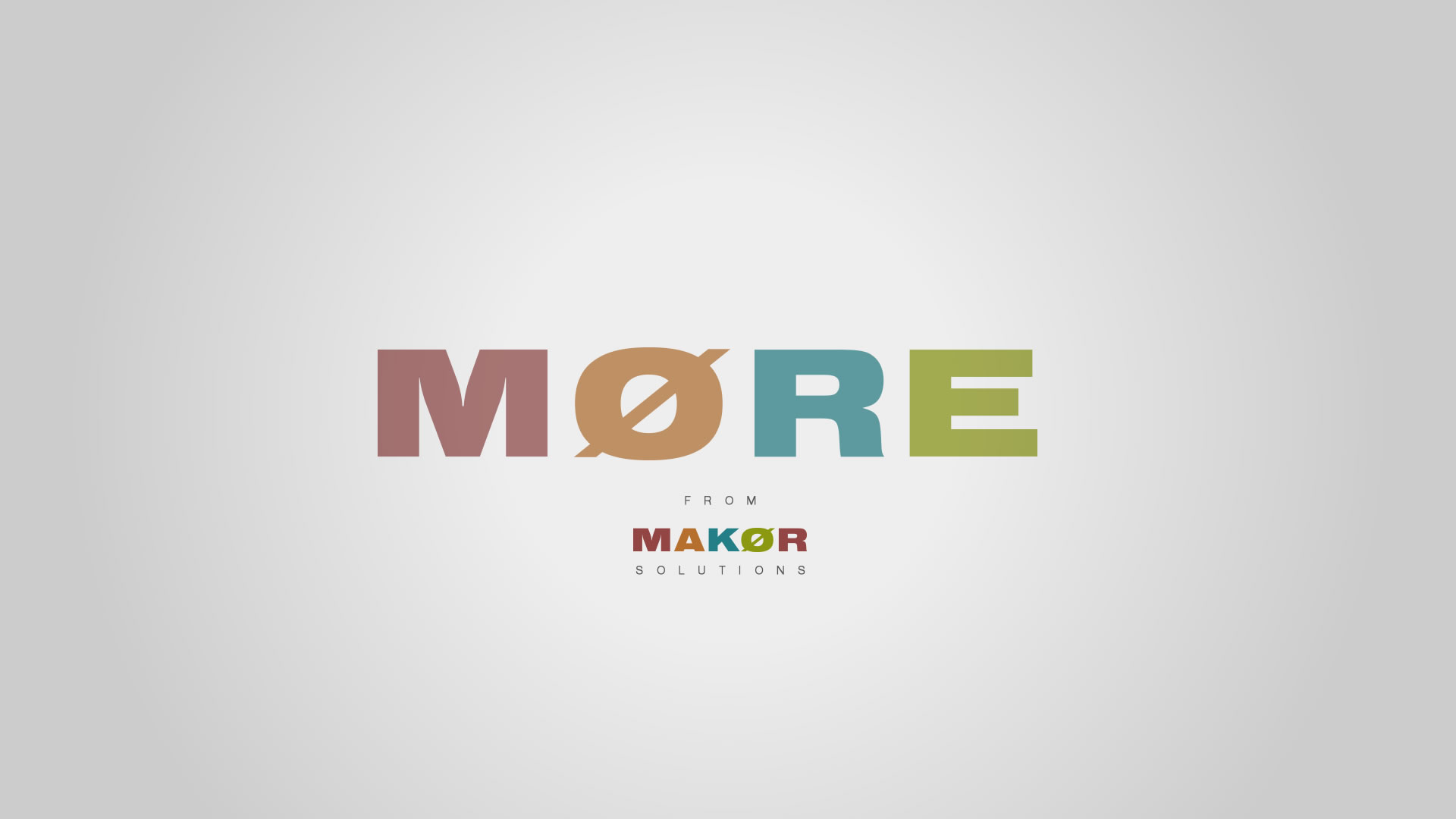By 2020 there will be more than 50 billion devices. With the growth of the IoT (Internet of Things), devices now include everything from computers, tablets, smartphones as well as wearables and even the vehicles we use.
While recycling, or simply shredding devices into commodities and harvesting the most valuable components was a solution in the past, this is no longer the most profitable option. Instead, you can expect an increased movement toward closed-loop systems where reuse and recovery is maximized.
Microsoft has estimated that over 40 million refurbished PCs were sold in 2015 and that 24% of eBay’s sales are refurbished goods.
Global brands such as Apple, Microsoft, NEC, Amazon and Motorola are leading the charge and ITAD leaders such as Re-Tek, a U.S. electronics disassembly and processing outlet, are taking on the challenge. ITAD and eWaste companies need to make strategic choices in terms of cost savings, innovation, specialization and internationalization.
In several recent articles, “Re-Tek Gears to Ramp Up Reverse Supply Chain Management for E-Waste“, and “Predicted manufacturing return drives Re-Teck expansion” it is demonstrated how Re-Tek is succeeding at taking on this challenge. Re-Tek is expanding with new operations at its California flagship facility to meet anticipated growth in the domestic electronics manufacturing industry.
Staying Competitive in ITAD, eWaste and Recycling
What can ITAD, eWaste and recycling companies do to stay competitive?
The key strategy is to invest in reliable resources to implement effective data destruction methods, efficient inventory management, complete hardware testing and proficient imaging software tools. These will create an effective, robust and sustainable reuse and refurbishing operation, improve profitability and create new business opportunities.
These will in addition help preserve our natural resources, provide affordable access to electronics for those in need, and create more local jobs.
Use these 5 Strategies to Get to Maximum Reuse
While there are dozens of strategies you can take to optimize your process to get to zero waste, here are 5 critical strategies that will help you get started:
Streamline inventory: Streamline your operations and business processes in order to stay competitive. Rather than surviving with a patchwork of applications held together by spreadsheets, ITAD and eWaste companies can take advantage of this growth transition time by updating their systems.
By gaining control of your inventory, knowing exactly what inventory you have and where it is, you can significantly improve your inventory data accuracy, shortening the time it takes to inventory IT assets and parts and ultimately, selling quicker.
Controlling the transfer of equipment from production into inventory enables you to manage resale inventory across multiple locations and resale channels. When you have more of an understanding of your inventory, you can quickly and intelligently react to changing market conditions.
Sophisticated Logistics Management: Monitor incoming and outgoing customer equipment with an uncompromising trust relationship you have with the ITAD. There needs to be an accountability for the ITAD to deliver on a secure chain of custody so that both parties feel confident in obtaining resalable equipment that hasn’t been compromised, lost or potential critical exposure to data security risks.
Sophisticated tracking results in a better understanding of your logistics, so you can optimize resources and receiving operations, which include checks and balances to track each and every item from pickup to resale.
Production optimization: Improve your processes for managing the inbound flow of IT assets and eWaste through to its final disposition. By configuring workflows throughout the entire production process and collecting data at each step in the process, companies can leverage this information to automate settlements and provide easy reporting back to their customers.
The ability to have a shared point of entry for data capture throughout the organization is key to eliminating errors and automating reporting and providing accurate data for business intelligence analysis.
Manage customer relationships: Handle customer relationships by first identifying how each one is performing based on their profitability- and focus on them. ITAD, Reseller or eWaste companies are challenged to easily calculate real profitability of their customers which is not easy as this requires the ability to view customer profitability throughout the lifecycle from pickup to resale – and everything in between.
Sometimes winning the “best” account does not translate into profitable business. A lot of money might go into securing an account and after all costs are considered – margins may be negligible or even non-existent.
Sales reps and managers need to be able to manage leads and customers from start to finish – from establishing contracts, booking inbound and outbound sales, to viewing detailed profitability reports.
Create revenue streams: Automate your billing and reporting and integrate it with your customer management and production life cycle processes to simplify your activity. Automation can cut the time it takes to invoice by 75 percent—freeing up time for other opportunities and reducing the time to revenue.
Tracking and delivering on service-level agreements (SLAs) and obtaining new business by offering new services or higher value returns with consignment are also ways to increasing business.
Interested in Makor ERP? Start today and schedule a demo!


